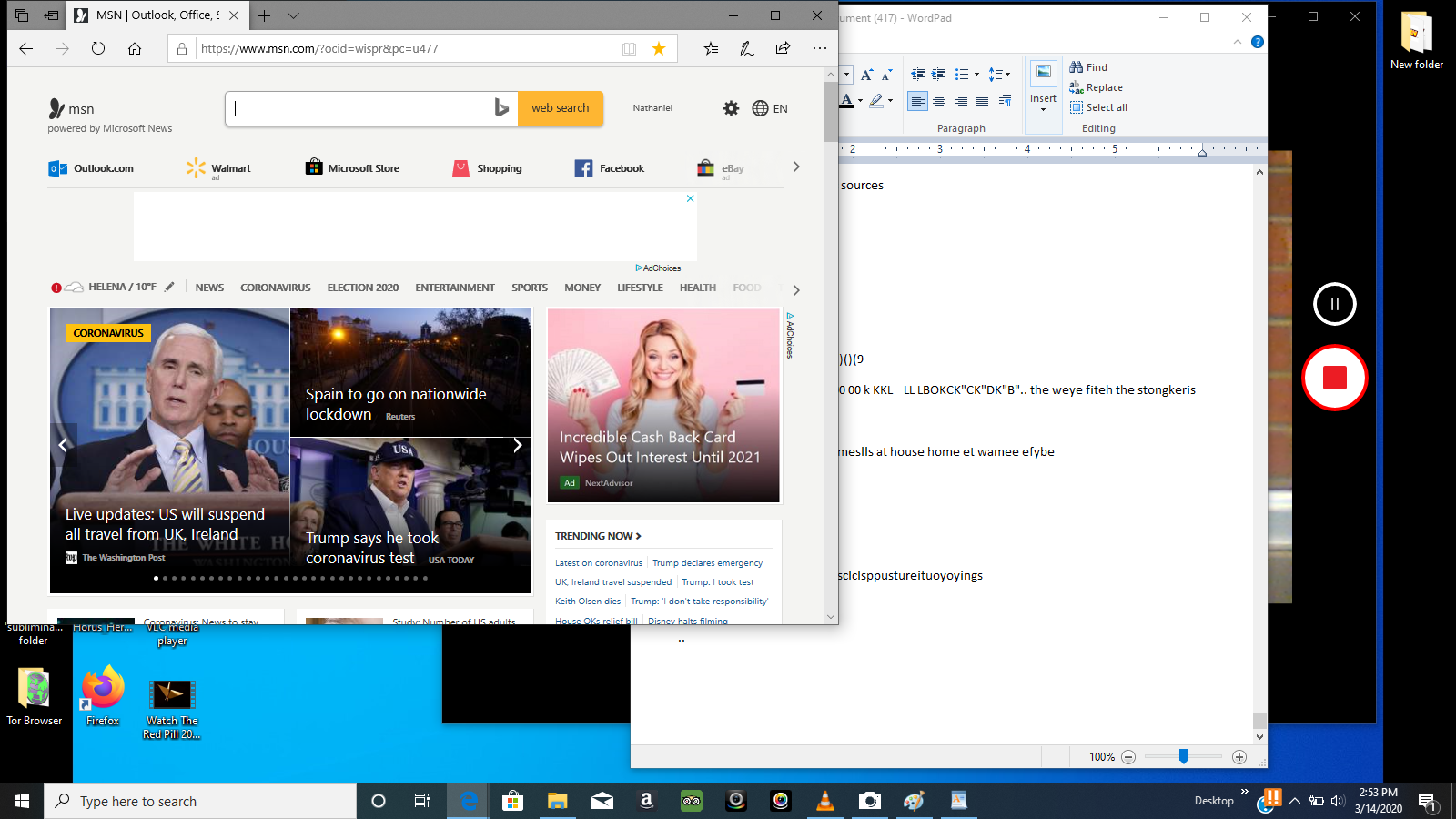Best music producing software free mac. For instance, its automation parts let you swiftly automate any parameter, as well as provide auto mono/stereo handling. Some other highlights include an arpeggiator, step sequencer, and many more.10) For Mac & PCWhat would a lineup of the best free music production software for beginners be bereft of a mere mention of Audacity? It is compatible with a plenty of VSTs and boasts some features ( pitch corrector, delay ) that are essential for a beginner learning the ropes of audio production.
-->Expand your Outlook. We've developed a suite of premium Outlook features for people with advanced email and calendar needs. A Microsoft 365 subscription offers an ad-free interface, custom domains, enhanced security options, the full desktop version of Office, and 1 TB of cloud storage. Sep 02, 2015 To install this update. Office 365 Commercial customers can get the new Outlook for Mac by accessing their Office 365 Portal, (Gear icon Office 365 Settings Software Outlook for Mac icon) or visiting the Software page; Office 365 consumer subscribers can get the new Outlook for Mac by going to their My Account page.; For people who already have Office for Mac 2011 and Outlook for Mac.
If your target Exchange server and Outlook client support different requirement sets, then you're restricted to the lower requirement set range. For example, if an add-in is running in Outlook 2016 on Mac (highest requirement set: 1.6) against Exchange 2013 (highest requirement set: 1.1), your add-in is limited to requirement set 1.1.
Outlook add-ins are integrations built by third parties into Outlook by using our web-based platform. Outlook add-ins have three key aspects:
- The same add-in and business logic works across desktop (Outlook on Windows and Mac), web (Microsoft 365 and Outlook.com), and mobile.
- Outlook add-ins consist of a manifest, which describes how the add-in integrates into Outlook (for example, a button or a task pane), and JavaScript/HTML code, which makes up the UI and business logic of the add-in.
- Outlook add-ins can be acquired from AppSource or sideloaded by end-users or administrators.
Outlook add-ins are different from COM or VSTO add-ins, which are older integrations specific to Outlook running on Windows. Unlike COM add-ins, Outlook add-ins don't have any code physically installed on the user's device or Outlook client. For an Outlook add-in, Outlook reads the manifest and hooks up the specified controls in the UI, and then loads the JavaScript and HTML. The web components all run in the context of a browser in a sandbox.
The Outlook items that support add-ins include email messages, meeting requests, responses and cancellations, and appointments. Each Outlook add-in defines the context in which it is available, including the types of items and if the user is reading or composing an item.
https://consvebame1980.mystrikingly.com/blog/app-bar-on-mac-is-very-small. However, it does not affect our editorial integrity.

Note
If you plan to publish your add-in to AppSource and make it available within the Office experience, make sure that you conform to the Commercial marketplace certification policies. For example, to pass validation, your add-in must work across all platforms that support the methods that you define (for more information, see section 1120.3 and the Office Add-in host and availability page).
Extension points
Extension points are the ways that add-ins integrate with Outlook. The following are the ways this can be done:
Add-ins can declare buttons that appear in command surfaces across messages and appointments. For more information, see Add-in commands for Outlook.
An add-in with command buttons on the ribbon
Add-ins can link off regular expression matches or detected entities in messages and appointments. For more information, see Contextual Outlook add-ins.
A contextual add-in for a highlighted entity (an address)
Note
Custom panes have been deprecated so please ensure that you're using a supported extension point.
Mailbox items available to add-ins
Outlook add-ins are available on messages or appointments while composing or reading, but not other item types. Outlook does not activate add-ins if the current message item, in a compose or read form, is one of the following:
Protected by Information Rights Management (IRM) or encrypted in other ways for protection. A digitally signed message is an example since digital signing relies on one of these mechanisms.
A delivery report or notification that has the message class IPM.Report.*, including delivery and Non-Delivery Report (NDR) reports, and read, non-read, and delay notifications.
A draft (does not have a sender assigned to it), or in the Outlook Drafts folder.
A .msg or .eml file which is an attachment to another message.
A .msg or .eml file opened from the file system.
In a shared mailbox, in another user's mailbox, in an archive mailbox, or in a public folder.
Using a custom form.
In general, Outlook can activate add-ins in read form for items in the Sent Items folder, with the exception of add-ins that activate based on string matches of well-known entities. For more information about the reasons behind this, see 'Support for well-known entities' in Match strings in an Outlook item as well-known entities.
Supported hosts
Outlook add-ins are supported in Outlook 2013 or later on Windows, Outlook 2016 or later on Mac, Outlook on the web for Exchange 2013 on-premises and later versions, Outlook on iOS, Outlook on Android, and Outlook on the web and Outlook.com. Not all of the newest features are supported in all clients at the same time. Please refer to articles and API references for those features to see which hosts they may or may not be supported in.
Get started building Outlook add-ins
Download Outlook App For Mac
To get started building Outlook add-ins, try the following.
- Quick start - Build a simple task pane.
- Tutorial - Learn how to create an add-in that inserts GitHub gists into a new message.
